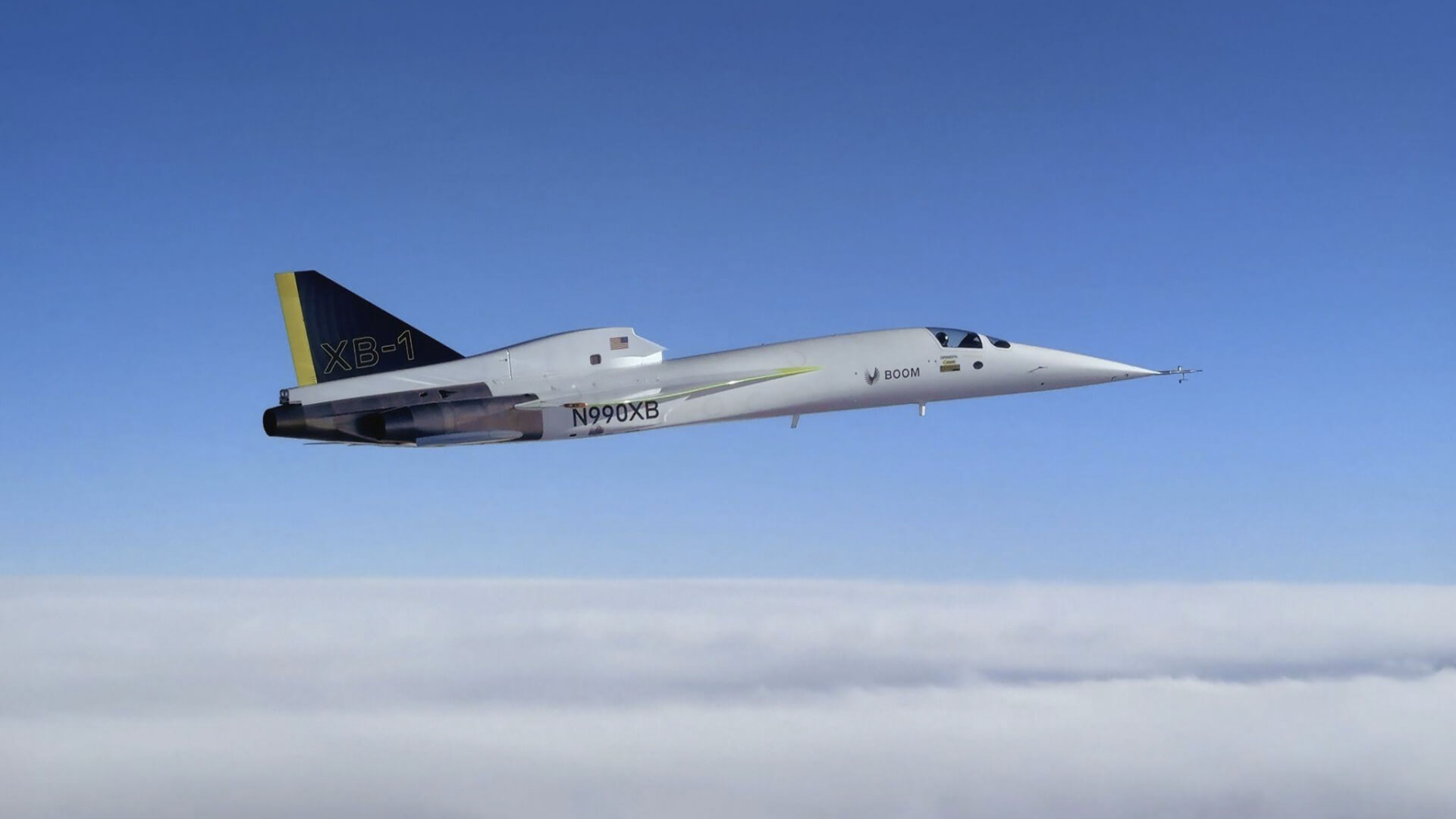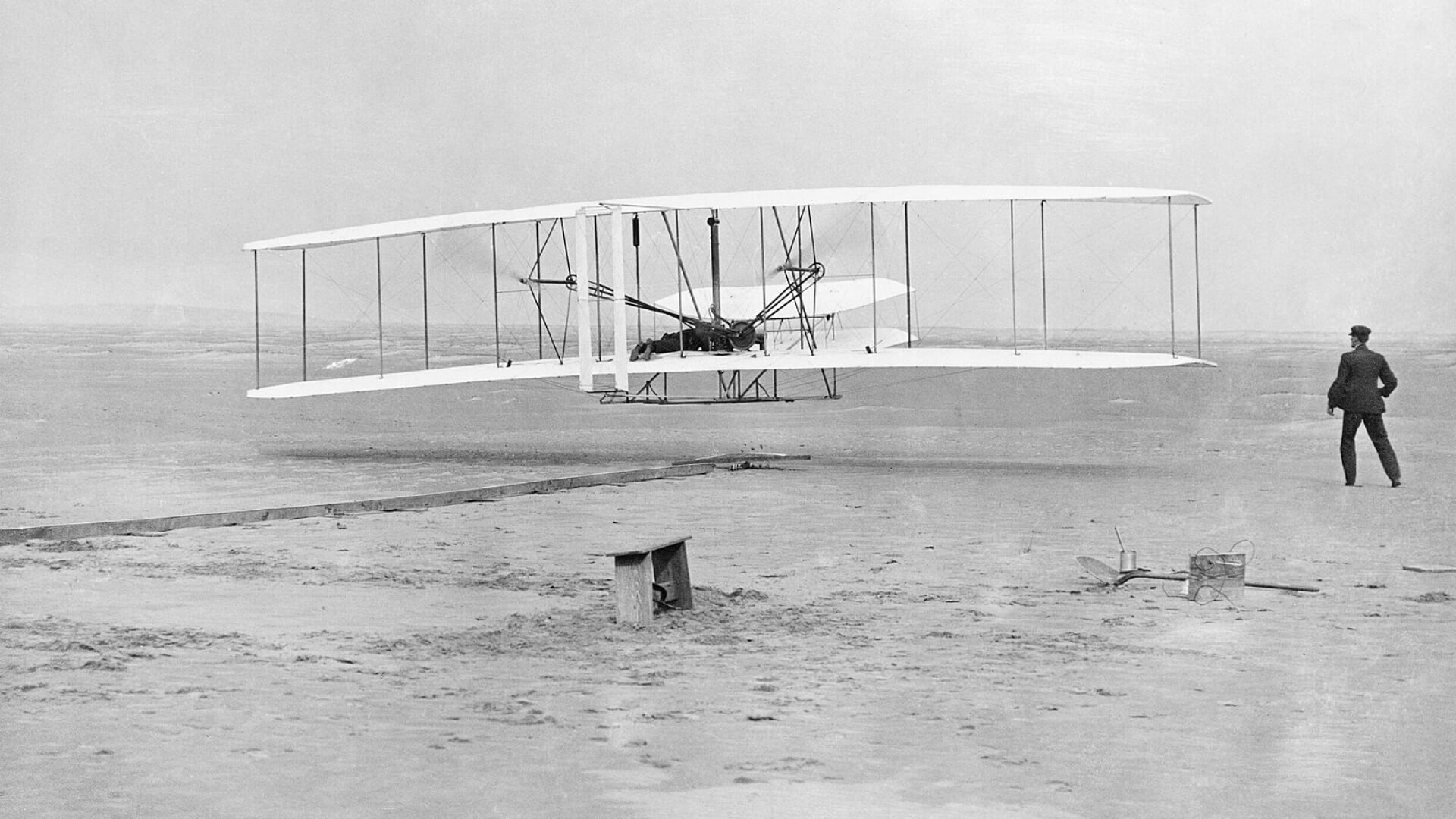We caught up with Sheelagh Wylie, Chief Marketing Officer of the Americas at VisitBritain and founding member of the Sustainable Travel Forum, at Boom’s Net Good Summit last year. Here we explored how VisitBritain encourages visitors to reduce their environmental impact and what role both businesses and consumers can play in making travel a net good.
Wylie is an avid proponent of finding inventive ways to explore new places while also reducing your impact on the environment. That might mean visiting by foot, rail, ferry and bike — and staying longer. Consider venturing out beyond London. (But definitely still pay a visit to England’s capital.) Here’s a peek into our conversation.

When planning a trip, how can visitors integrate more sustainable options?
At VisitBritain, we use the term sustainable in the broadest sense of the word: cultural, social, economic, environmental. Our goal is to encourage visitors to minimize their impact during all aspects of their trip, and maximize the benefits of tourism for visitors and hosts alike.
We focus on both regional and seasonal dispersal.
Regional dispersal encourages visitors to visit all of Britain, not just the center of London. When visitors are “spread out” across areas throughout England, Scotland, Wales, and Northern Ireland, or even beyond the center of London to the outer neighborhoods and zones on the tube, there is less risk of overcrowding — and that makes travel more enjoyable for visitors and host communities. It also spreads the economic benefit throughout the regions.
Seasonal dispersal encourages people to travel off peak in the fall and the winter months, or the shoulder season of spring. This not only sustains great tourism jobs year-round, it also provides businesses with consistent revenue. And, it goes without saying that visitors enjoy off-season rates and fewer crowds.
Additionally, we encourage people to see more of Britain by planning walking or cycling tours, and enjoying the great outdoors. London and other cities offer lots of great, free walking tours, or ones that give back to the community like Invisible Cities, which trains people who have experienced homelessness to become local tour guides. This is one of the most beautiful countries in the world and there’s so much to see in and beyond our major cities. We encourage visitors to explore new destinations and attractions, where they may discover another, unexpected side of Britain.

Take the England Coast Path, which when completed, it will be the longest walking path in the world, or the Wales Coast Path, celebrating its 10th year in 2022, for example. Scotland’s UNESCO Trail, launched in October 2021, is the first national UNESCO trail anywhere in the world that brings together Scotland’s full range of UNESCO place-based designations (World Heritage, Global Geoparks, Biospheres and Creative Cities) while promoting responsible tourism. While you could travel by car, why not take a more sustainable “hub and spoke” approach: Choose one city as your base and then explore by using public transportation, walking, hiking or cycling.
Once in Britain, how can visitors reduce their footprint?
There are many great options. To begin, consider visiting less well-known attractions, which reduces the overall impact on any single place. A good example of a frequently visited and sometimes overcrowded attraction is Stonehenge. What visitors might not know is there are monolithic stones all throughout Britain. Choose one of these alternative destinations that are much less crowded, yet equally majestic. Avebury, which is only a 40-minute drive from Stonehenge and not much farther to Bristol and Bath, contains the largest stone circle in Europe as well as two separate smaller stone circles situated in the center of the monument. While the Isle of Skye is amazing and very well-known, Scotland has almost 100 inhabited islands visitors can explore for a different experience. The Isle of Arran is a beautiful island off the west coast of Scotland where you can sample rugged mountains, sandy beaches, charming villages, standing stones, castles and a taste of Arran’s lovely cheeses and malt whiskies.
Another example of practicing sustainability is by choosing locally-owned and operated restaurants that emphasize farm-to-table. You’re not only supporting local businesses, you’re also supporting local producers and reducing the carbon footprint of your meal’s supply-chain. Britain has some of the most delicious food in the world, from cheeses and fruits to beef and seafood. Be sure to ask what’s local and what’s in season. Don’t forget to try our locally brewed beers and visit our many gin and whisky distilleries located throughout the country. Why not celebrate your visit with English sparkling wine which is produced all over the south of England mostly using the same varieties of grapes as used in Champagne – Chardonnay, Pinot Noir and Pinot Meunier.
While there’s nowhere like London, you can opt to start and end your journey at airports in alternate hubs such as Manchester or Edinburgh. If your goal is to visit the Scottish Highlands, depending on the season, you may not need to transit through an airport in the London area, then travel North. If you do fly into London, why not take the train North instead of flying? In addition to being better for the environment, you will save yourself time at the airport and have the opportunity to take in the gorgeous British countryside as you travel.

Fans who want to visit the stunning locations of TV series such as Shetland, which is filmed in the Shetland Islands (between Britain, the Faroe Islands and Norway), or Vera, which is filmed in Newcastle upon Tyne and throughout Northeast England, can bypass London altogether — and arrive at their destinations faster — by using alternative airports. Manchester is a great place to start to explore the North of England including Birmingham, where Peaky Blinders is set. You can also easily access places like Liverpool, Wales, the Lake District and Yorkshire, the setting of Downton Abbey and home to several filming locations for Bridgerton. Glasgow and Edinburgh are good jumping off points for exploring the Highlands and beyond including the stunning countryside and Islands of Scotland.
You can also travel by rail, ferry and bus rather than renting a car. This lends itself to seeing more and stressing less about getting lost (and driving on the other side of the road).
Lastly, why not stay longer? Instead of a couple of shorter visits (and multiple flights), consider planning a longer trip to explore your destination more closely – connect with the local culture and take some time to discover those hidden gems that you may have missed.
What actions can any business take to reduce their carbon footprint?
Make it a priority to engage your employees and get their buy-in first. Include sustainability in your mission statement and integrate it into your travel policies and day-to-day operations. Practice what you preach and follow the sustainable practices you promote to consumers.
This is a domino effect. When a business engages its employees in sustainability practices, the employees are likely to build on those efforts — and bring sustainable practices home with them and to other areas of their lives. It becomes a habit.

Businesses have a significant role to play. They can make big impacts through technology and other outlets, such as using renewable energy sources like solar and wind power for their buildings and operations.
But people are going to be the real drivers of change. When individuals — consumers and travelers — ask businesses to be more sustainable, that will drive progress.
Where is the first place you plan to visit on Overture and why?

I’m currently based in the U.S. on the East Coast, so the first place I would want to visit on Overture is London and from there travel to one of my favorite walking routes through the South Downs National Park where you can see the beautiful Seven Sisters, a series of chalk sea cliffs on the English Channel in south-east England. While London would be my first choice, I look forward to also exploring any European city I can reach in four hours!
Main image: View over Glenfinnan Valley with steam train on viaduct and Loch Shiel in the background Highlands Scotland. (Credit: VisitBritain Guy Richardson)







